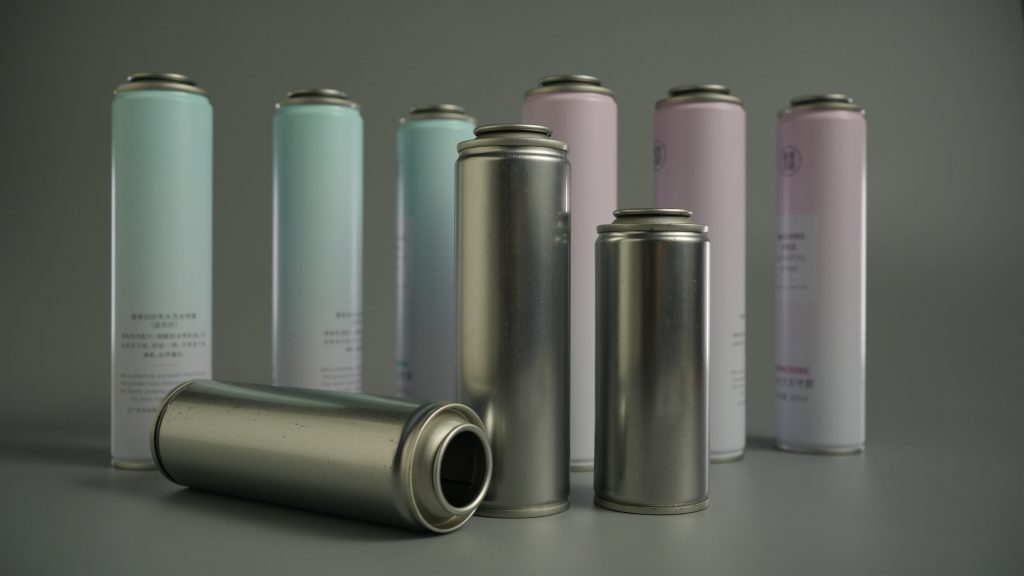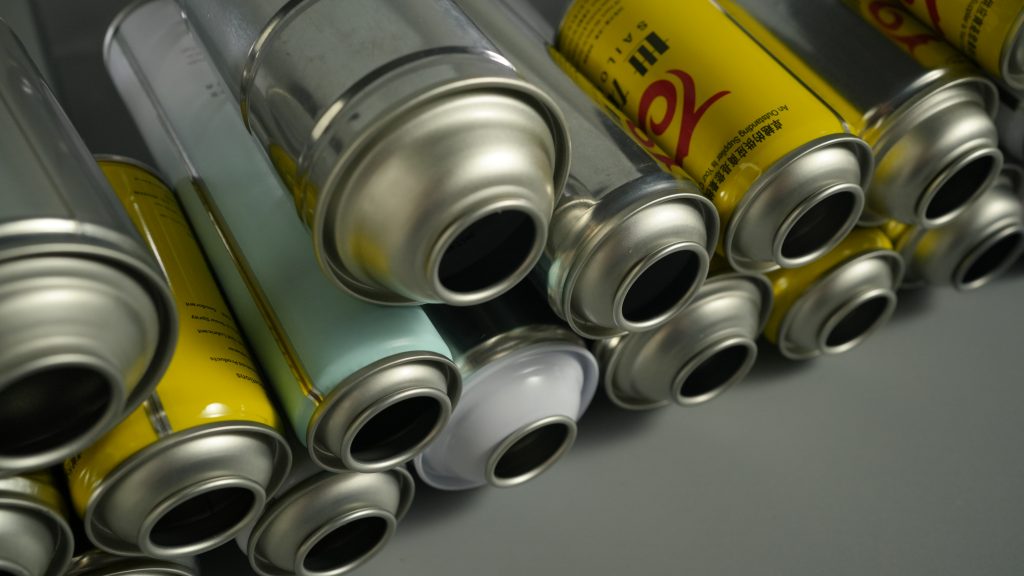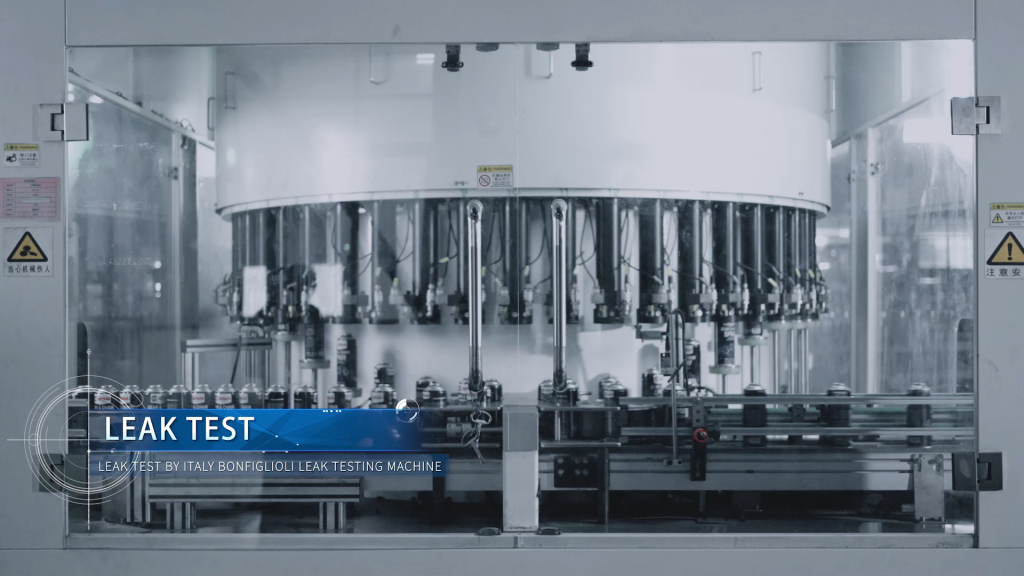
In the realm of packaging materials, tinplate cans have long held a unique position as both “functional powerhouses” and “aesthetic standouts.” Dating back to the 19th century, these containers have evolved through two centuries of technological innovation, continuing to play a pivotal role in industries from food and cosmetics to chemicals. Let’s peel back their “metallic ” (metal exterior) to explore the core strengths that have kept them indispensable.
1. An Indestructible Protective Barrier: The Secret to Preservation Beyond Plastic Wrap
Tinplate cans boast barrier properties that earn them the title of “steel guardians” in packaging. Compared to the micro-porosity of plastic or the light sensitivity of glass, their three-layer structure (tin-plated steel + inner coating + outer print layer) defends against four key threats:
- Oxygen Intrusion: Extends the shelf life of potato chips from 3 months in plastic to over 6 months
- Moisture Invasion: In southern China’s rainy seasons, tinplate tea cans maintain internal humidity below 30%
- Light Exposure: Blocks over 99.9% of UV rays, protecting vitamin C-rich juices from degradation
- Odor Cross-Contamination: Experiments show coffee beans in tinplate retain 40% more aroma after 3 days than in paper bags
Life Hack: Struggling with moisture-damaged spices like star anise? Repurpose an empty tea tin— it blocks kitchen odors better than glass!
2. The Mechanical Charm of Rigidity and Flexibility: A “Steel Box” That Withstands Forklift Crushing
In the “extreme challenges” of logistics, tinplate cans shine remarkably:
- Compression Test: A standard 65mm-diameter can supports 800kg—equivalent to the weight of 4 adult men
- Drop Resistance: From 1.5m onto concrete, only 5% of cans deform (glass shatters 100% of the time)
- Thermal Stability: In environments from -40°C to 120°C, dimensional change is <0.3%

3. Packaging Aesthetics That “Speak”: Let Products Advertise Themselves
Walk into a supermarket’s imported food aisle, and tinplate cans inevitably catch the eye. This stems from three “advantages” of metal printing:
- Color Fidelity: CMYK printing on tinplate covers 98% of the color gamut, making logos 30% more vibrant than paper
- Texture Value: Processes like matte finishing, mirror polishing, and hot-stamping turn ordinary cans into “collectibles”
- 3D Design Space: A Japanese tea brand once released a “Ukiyo-e” series with embossed wave patterns that shifted dynamically in light
Design Puzzle: If designing a tin for artisanal jam, would you choose round, square, or a unique shape? (Hint: Square cans optimize shelf space 20% better than round ones!)
4. The “Smart Evolution” of Centuries-Old Craftsmanship: New Tech in an Old Trade
Don’t let their “age” fool you—tinplate production lines are packed with black cutting-edge tech:
- High-Speed Stamping: Modern lines punch 1,200 can bottoms per minute—20 per second
- Laser Welding: Seams as thin as 0.1mm (thinner than a hair) withstand 5 atmospheres of internal pressure
- AI Quality Control: Cameras capture 200 images per second to detect scratches >0.1mm
Historical Trivia: The first tinplate can in 1810 took 6 hours to make. Today, automated lines do the same in 6 seconds—a 3,600x efficiency jump!
5. The “Transformers” of Geometry: From Standard Parts to Custom Artworks
Tinplate’s malleability gives designers “magic hands”:
- Classic Styles: 45-70mm round cans (for aerosol valves), 3L square paint buckets
- Creative Shapes: Heart-shaped chocolate tins, car-shaped oil cans, even tea tins mimicking ancient architecture
- Functional Designs: Pressure-valve spray cans, graduated paint tins, lockable medicine containers
Industry Data: A beauty brand’s “Rubik’s Cube” skincare tin boosted repeat purchase rates by 15%—proof that in the “looks-obsessed” era, packaging appearance drives sales.
6. The “Long-Distance Champion” of Sustainability: A Green Choice That Cycles 100+ Times
In the era of global “plastic bans,” tinplate’s eco-credentials are “textbook-perfect”:
- Infinite Recycling: Recycled tinplate melts 100% into new steel; Europe recycles enough cans annually to circle the Earth 3 times
- Low-Carbon Production: Recycled tinplate uses 75% less energy than virgin steel—1 ton recycled = 3 tons CO₂ saved
- Crossover Reuse: DIY tutorials for turning old tins into pen holders, planters, or storage boxes have amassed 500M+ views on social media
Eco-Experiment: Bury a tin can and a plastic bottle. In 50 years, the can decomposes into harmless rust, while the plastic remains intact—metallic packaging’s ecological edge.
Q&A: Fun Puzzles About Tinplate Cans
❶ Why knock on a can before opening it?
A: An old trick—tapping loosens settled food, especially for sticky items like luncheon meat, and prevents spills.
❷ Is tinplate the same as white iron sheet?
A: No! Tinplate is tin-plated steel for food; white iron is zinc-plated steel for industrial buckets—different rust prevention.
❸ How to remove label glue from tins?
A: Heat with a hairdryer for 10 seconds, peel off the label, then wipe residue with essential balm—more effective than the “freezing method”!
When Steel Meets Creativity: What’s the Next Blockbuster Packaging?
At a Shenzhen cultural fair, a tinplate can that “tells a story” drew crowds: scanning a QR code revealed its lifecycle from iron ore to finished can. This “transparent production” design may be the future—turning cold metal into an emotional bridge between brands and consumers.
Have you ever been “won over” by a tinplate can? Maybe a childhood candy tin or a souvenir tea can from travels. Share your “tin stories” and let more people discover the warmth and charm of metal packaging!


